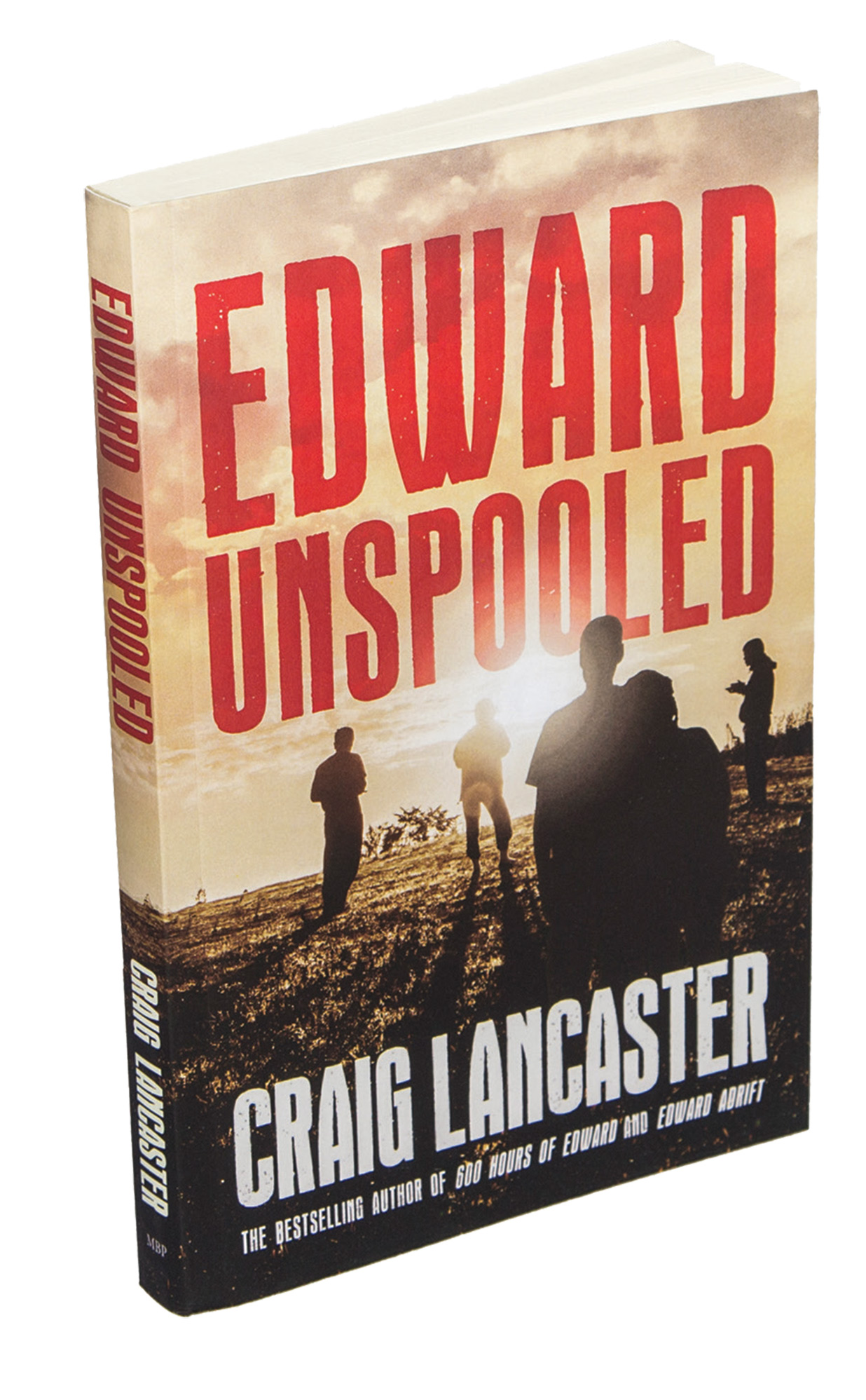
28 Nov Books: Reading the West
Edward Stanton likes structure. He likes consistency. He likes precision. He has deeply ingrained habits, like kissing his wife eight times before she leaves the house in the morning. But in Montana-based writer Craig Lancaster’s latest volume featuring his quirky Everyman hero, Edward Unspooled (Missouri Breaks Press, $14.95), the eponymous main character is facing the biggest changes of his life — and becoming a father is just one of them. Told in a series of letters from Edward to his unborn child, punctuated by his wife’s responses and commentary, this comical, but poignant, novel traces the process of becoming a family, considering what family means through Edward’s particular perspective.
Readers familiar with Edward, his new wife Sheila, and their romance from Lancaster’s previous Edward novels (600 hours of Edward and Edward Adrift), will start rooting for his soon-to-be-family from page one, when he introduces the pregnancy as “Cellular Stanton” and tries to pinpoint the exact moment of his or her conception. His commentary on vocabulary and his detailed observations of the people around him quickly reveal the central struggle of Edward’s life. But they also begin to reveal both Edward’s rich inner world and the complicated set of circumstances of his life in Billings, Montana.
Edward and Sheila have moved into Edward’s small Billings home after abandoning their attempt to run her family’s motel in Colorado, and they’ve begun their latest project — parenthood — with their eyes open. Edward’s letters to the unborn baby spur Sheila’s fond, exasperated, and furious commentary and responses to his precise and occasionally inappropriate attempts to explain life’s beginnings and challenges to his child. Edward’s peculiarities (Asperger’s spectrum) and particular tastes are shared with a refreshing and delightful bluntness. His observations are at once without filter and completely appropriate to their situation.
The plot that’s unveiled through Edward and Sheila’s “correspondence” in his obsessively kept notebook reveals Sheila’s unhappiness with her new life in Montana, including her temper tantrum at the knitting store where she works (the fabulously named Purl Jams). As the story develops, Edward loses the support of his overbearing mother, gains a new business and business partner, and discovers the existence of a younger half brother (starting the relationship that alienates his mother). His running narrative of the events that unfold is peppered with delightful observations about language: “Some people would lazily call that ironic, but it’s not irony. It’s just a coincidence.”
But the wisest observations come through Edward’s unusual need for precision, even in his views on love. Readers will appreciate his need for definition in an unsure world, as well as the warmth of his heart. His best and wisest moments are those that will stay with a reader long after the happy ending: “One of the things that I’ve struggled with in my life is knowing that I’m loved, because where’s the proof? Someone can tell you that you’re loved, but nobody can prove it with empirical data.”
But Edward accepts the lack of proof, while the proof of his love for others and the bigness of his heart comes through in every gift he offers.
By contrast, Jonis Agee’s new novel, The Bones of Paradise (William Morrow, $25.99), is a vast, sweeping saga of the American West with an almost Shakespearean level of blood-soaked tragedy and familial intrigue. It’s a multigenerational epic with layers of suspicion and heartbreaking, catastrophic betrayal. If the villains of this story, whose deeds are revealed through dense and chewy but satisfying prose, are unredeemed and irredeemable, the heroes don’t fare much better. This is the kind of book that stays with you — not haunting, but vivid and rich and unflinching in its reflections on human nature.
The novel opens with a double murder in a remote corner of a Nebraska Sand Hills ranch, a setting that to modern readers might seem bucolic and Midwestern, but which was still the Wild West on the cusp of major change at the start of the last century. Solving the mystery of who killed white rancher J. B. Bennett and a young Native American woman named Star brings together long-lost family members, reveals family secrets and ignominious personal history, weaving the personal stories into a larger tale of greed and ambition.
This is an ambitious book. The characters who inhabit these pages defy stereotypes — even the noblest and most evil of them wear shades of gray. Set 10 years after the massacre of Lakota men, women, and children at Wounded Knee, it reveals the scars that are still on the land and the people who lived through the atrocity, becoming a lens through which the two women at the center of the story and the events of a changing world can be seen with a fresh perspective.
While the murder mystery is central to this violent tale, so too is the abiding sense of place and ownership of place that motivates the other mysterious and desperate behaviors of these vivid characters. As more members of Bennett’s and Star’s families are revealed and appear on the scene, additional secrets come to light. But beyond the family conflict is the fundamental clash between tradition and progress, especially when it comes to ownership of land and loyalty to those special places.
Fifty-Six Counties: A Montana Journey by Russell Rowland (Bangtail Press, $22.95) is a book that is all about place. It joins the canon of important Montana histories but also offers a fresh take on the familiar stories of the Treasure State, using personal, 21st century perspectives to reveal the Montana of today. Told as a sort of traveling essay covering the author’s year of visiting and studying the far-flung parts of the fourth largest state in the union, Rowland provides this history in a conversational, affectionate, but not hagiographic, volume.
Rowland takes the wide view — appropriate for a state that stretches more than 600 miles from eastern to western border. His story of Montana has an almost Bill Bryson-esque feel, populated as it is with friends or strangers about to become friends, and informed by nostalgia but not tied to it. He doesn’t take the pedantic “this happened, and then this happened” approach from pre-history to mountain men to gold rush to homesteading. Instead, each chapter in this book after the first might open with, “I told you that story so I could tell you this one.”
Rowland’s observations on the Missoula writing scene and his affection for that city in spite of itself flow smoothly into the story of Hill County, then to the original name of Havre (Bullhook Bottoms) and its apparently dismal prospects due to dwindling economic prospects and the rise of meth addiction. When he enters Glasgow looking for someplace for breakfast, he reveals another city where the only restaurant in which eggs and hash browns can be found is now in a casino — his informal test of whether a town is on the rise or decline.
But this is neither exposé of current woes nor paean to the glory days. This is a book of interwoven themes and stories with a light, personal, but highly authoritative tone. There’s plenty of Butte here, but also a lot about the interdependence that exists between all parts of Big Sky Country. The end result is a character study of a state with widely varied landscapes and people that somehow work together.
OF NOTE
The revised edition of Drawn to Yellowstone: Artists in American’s First National Park (Buffalo Bill Center for the West, $25), features Thomas Moran’s great 1908 painting, Mists of the Yellowstone, on the front cover and many other treasures from Albert Bierstadt to Ernest Thompson Seton within. Author Peter H. Hassrick provides extended captions and context for images of the F. J. Haynes studio, Artist Paint Pots, and other inspirations from the park. Paintings reproduced in beautiful color, along with sketches and etchings, make this an appealing collectible for Yellowstone visitors and art lovers alike.
Barbara Van Cleve’s oversized, old-fashioned volume of photographs Pure Quill (Fresco Books, $75), with text by Susan Hallsten McGarry, brings together a more than suitable collection of images that celebrate the West, revealing the photographer as a Westerner to be celebrated. Van Cleve broke new ground early in her career, photographing a West that is not idealized but instead takes the real and displays its beauty. The book’s name comes from the Western term “pure quill,” defined as “authentic; real, through and through.” Bringing together stories from Van Cleve’s life with decades of her photographs, this book displays the wide variety of images from her life’s work, while the text sets them in the context of her life.
The Last Woman Standing, Thelma Adams’s fictional take on the life and times of Josephine Earp (Lake Union, $14.95), is a romance in the truest sense of the word. Taking the true story of the teenage daughter of Jewish immigrants who would become the paramour of one of the great myths of the West as her jumping off point, Adams lets Josephine tell the story of leaving her childhood in San Francisco to find her fortune with a soon-to-be husband in the wilds of Tombstone, Arizona. Through Josephine’s eyes, Adams shows us the booming gold rush in the decades after the Civil War, where the loyalties of Confederates and Unionists still color everyday life and politics. When Josephine’s first betrothed fails to fulfill his promises, the romance between the spirited young woman and the dashing Wyatt Earp catches fire. As the stories of Josephine, Wyatt, Johnny Behan, and the events of the OK Corral unfurl, they get new perspective through the eyes of one of the Earp women.
Frontier Grit: The Unlikely True Stories of Daring Pioneer Women by Marianne Monson (Shadow Mountain, $19.99) offers 12 short biographies of women who helped settle the West. Monson strives for diversity in this book and finds it, revealing the feminine side of the 19th century’s rush to fulfill Manifest Destiny, but also the vastly different experiences of women who came from all over the world to join the melting pot of America. Both revealing of history’s stories and prescriptive in the author’s quest to draw parallels between the past and the present, this collection is inspirational, with portraits of women who fought for social justice and equal rights, and overcame hardships on the frontier.
Spur-Award winning author Matthew P. Mayo delivers another rollicking, old-fashioned Western with The Outfit: To Hell and Back (Five Star, $25.95). When wrongly convicted murderer Rafe Barr is given the chance of a full pardon in exchange for rescuing the daughter of the governor of California, he leaves the Yuma Territorial Prison and his life sentence behind. He joins up with an old partner and rescues the girl, only then to wind up in a lot more trouble on the road from Deadwood, South Dakota, to Colorado, with a band of unlikely allies in town and a gang of cutthroats and desperadoes on their tail. Mayo always spins a good yarn, and this entertaining novel of the Old West is no exception.
David J. Wishart’s Great Plains Indians (Bison Books, $14.95) is a slim, readable volume that nonetheless provides a comprehensive introduction to the fascinating history of the indigenous people of the Great Plains. By covering more than 10,000 years of history and focusing on both the internal and external forces that have influenced the lives of the people of the plains, Wishart brings attention to the scope of the story and to the realities of contemporary Native life. This book doesn’t offer deep analysis, but instead it asks the reader to consider the long view.
The story of the night of August 17, 1959, when a magnitude 7.5 earthquake shook the Yellowstone region, gets a vivid retelling in The 1959 Yellowstone Earthquake by Larry E. Morris (History Press, $19.99). The scars the quake left on the landscape west of Yellowstone National Park have faded somewhat over the last half century, but visitors can still look out over the valley where the massive slide of rock and mud swept through in the middle of the night, catching campers and tourists off guard and starting a night of terror. Morris tells the stories of the victims and survivors, recreating the night with vivid images. The volume includes archival photos and a foreword by Yellowstone historian Lee Whittlesey.




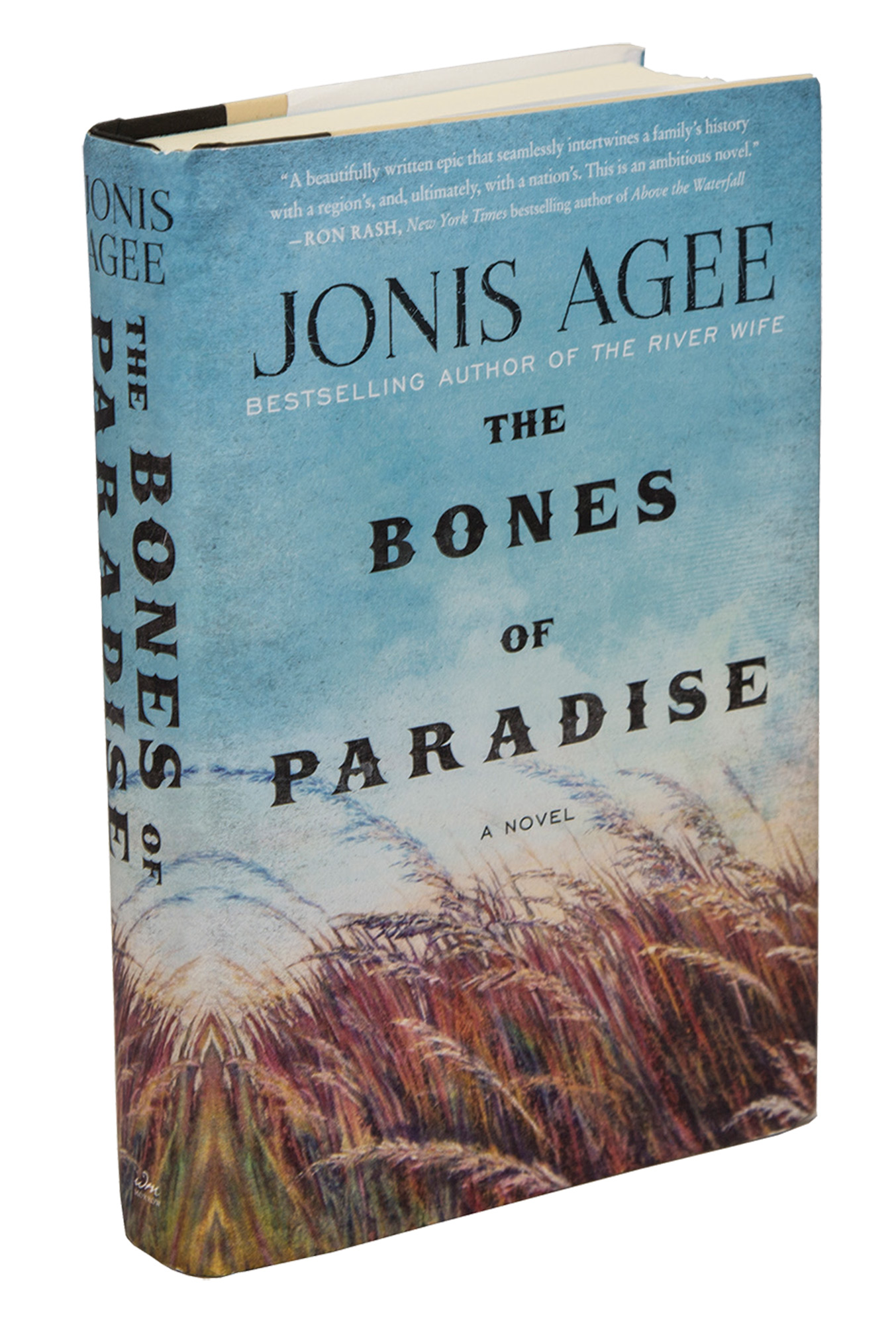
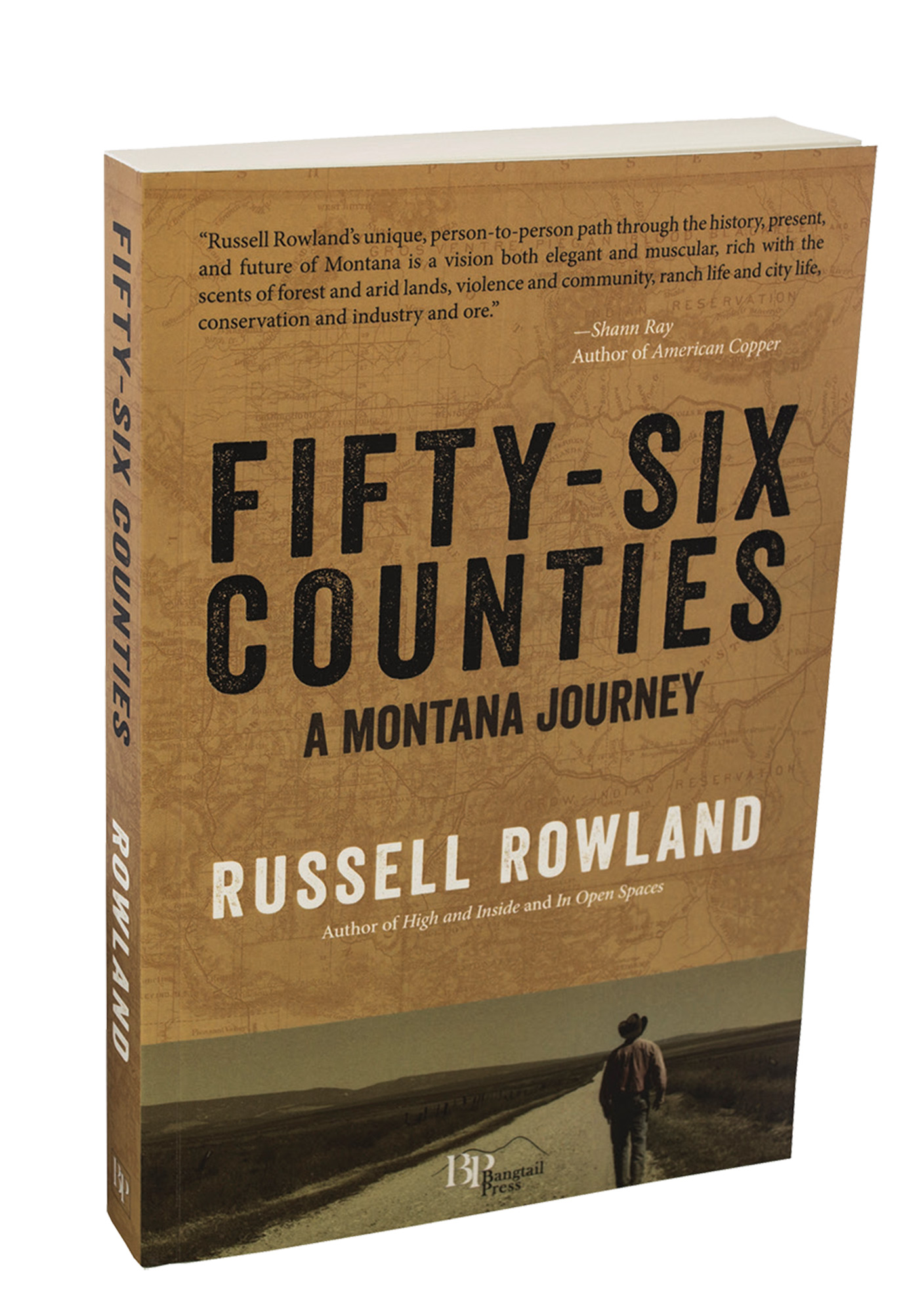
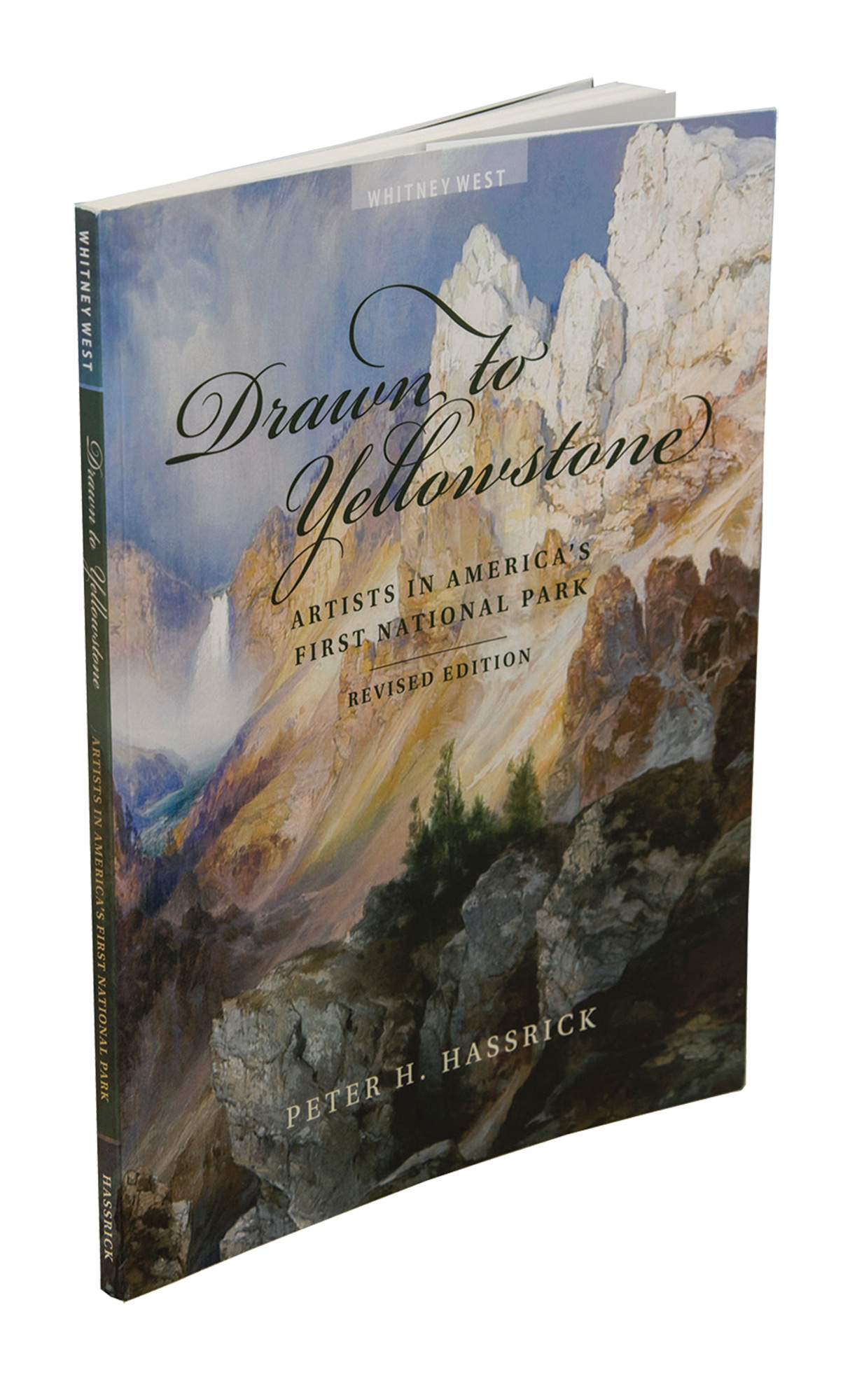

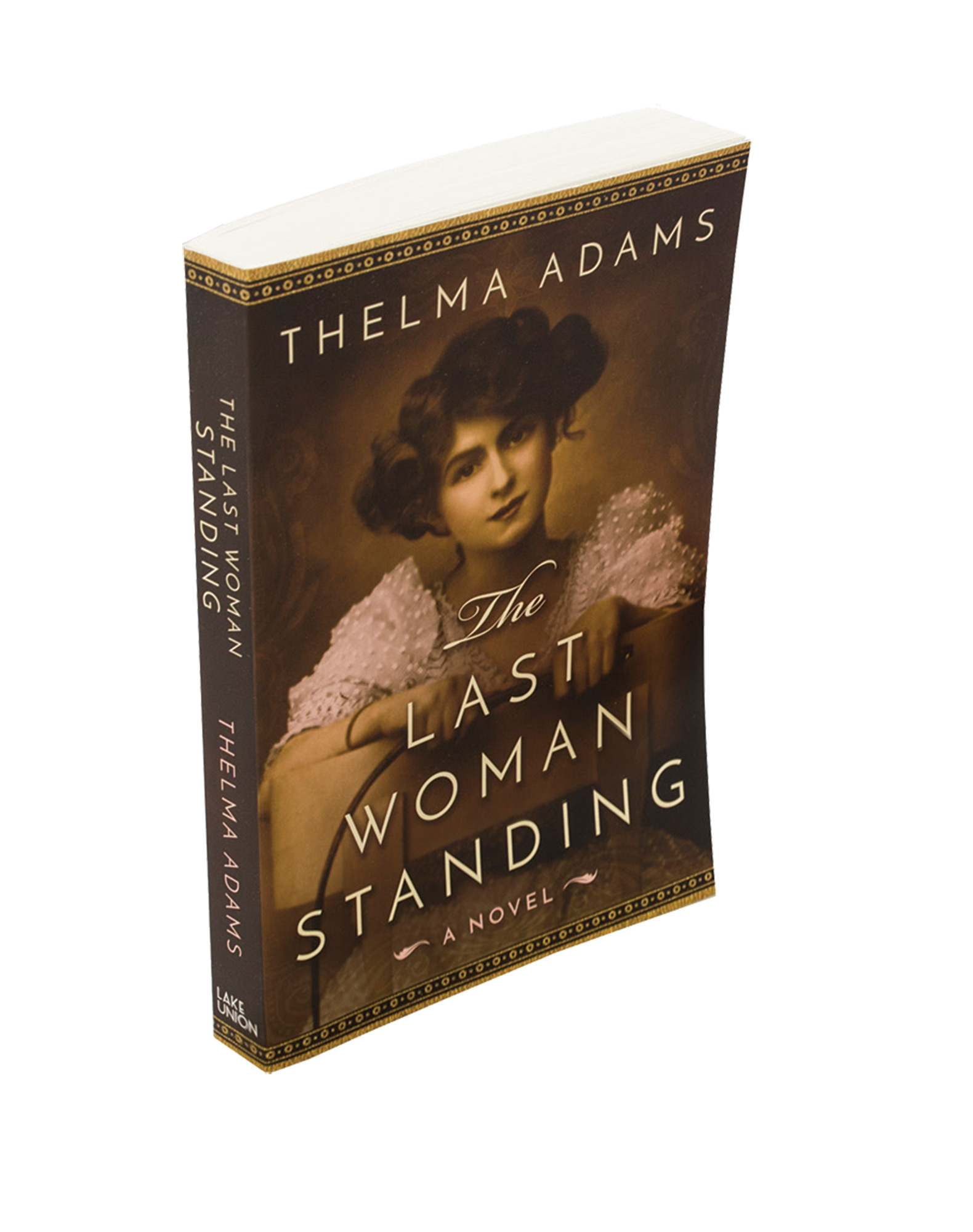
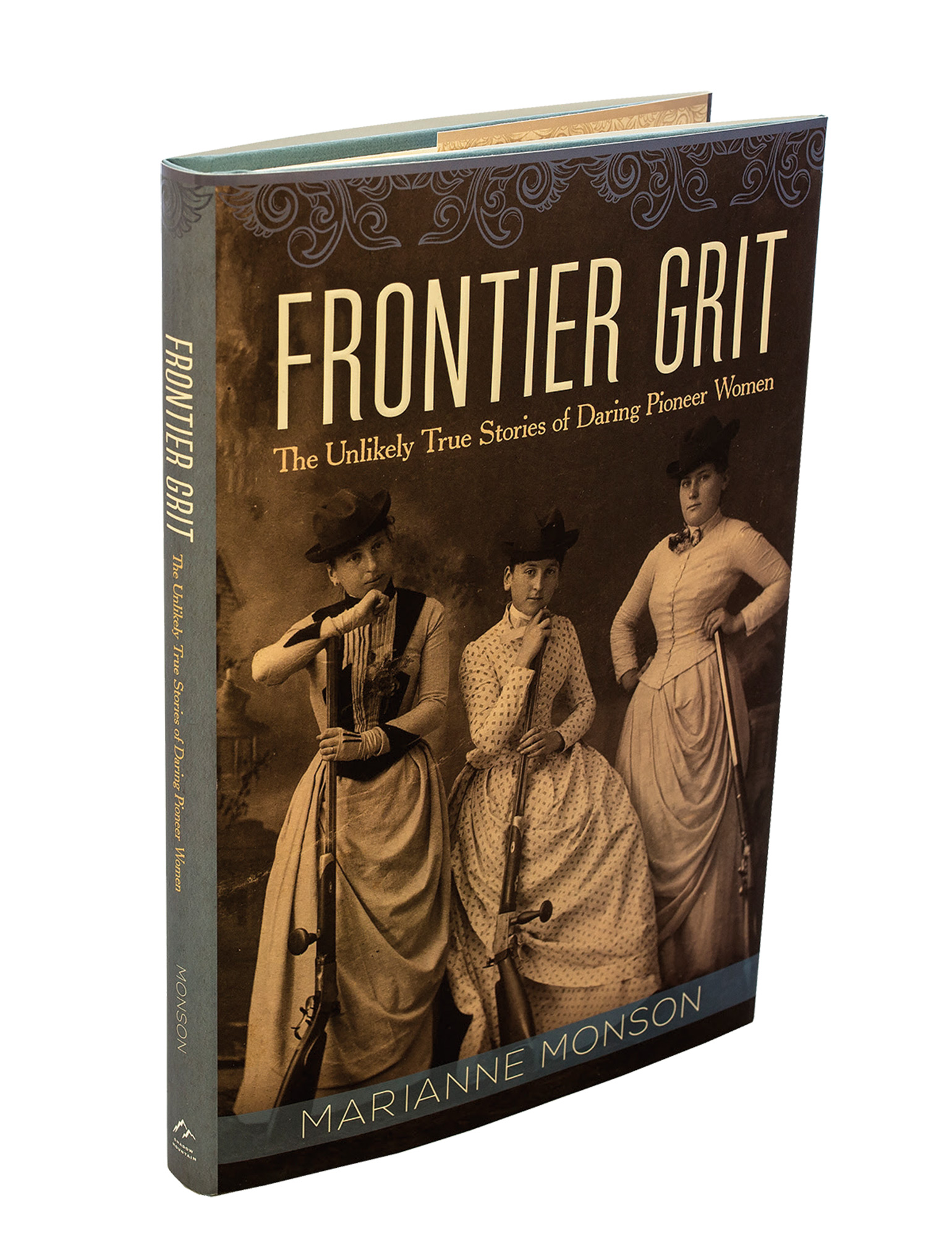
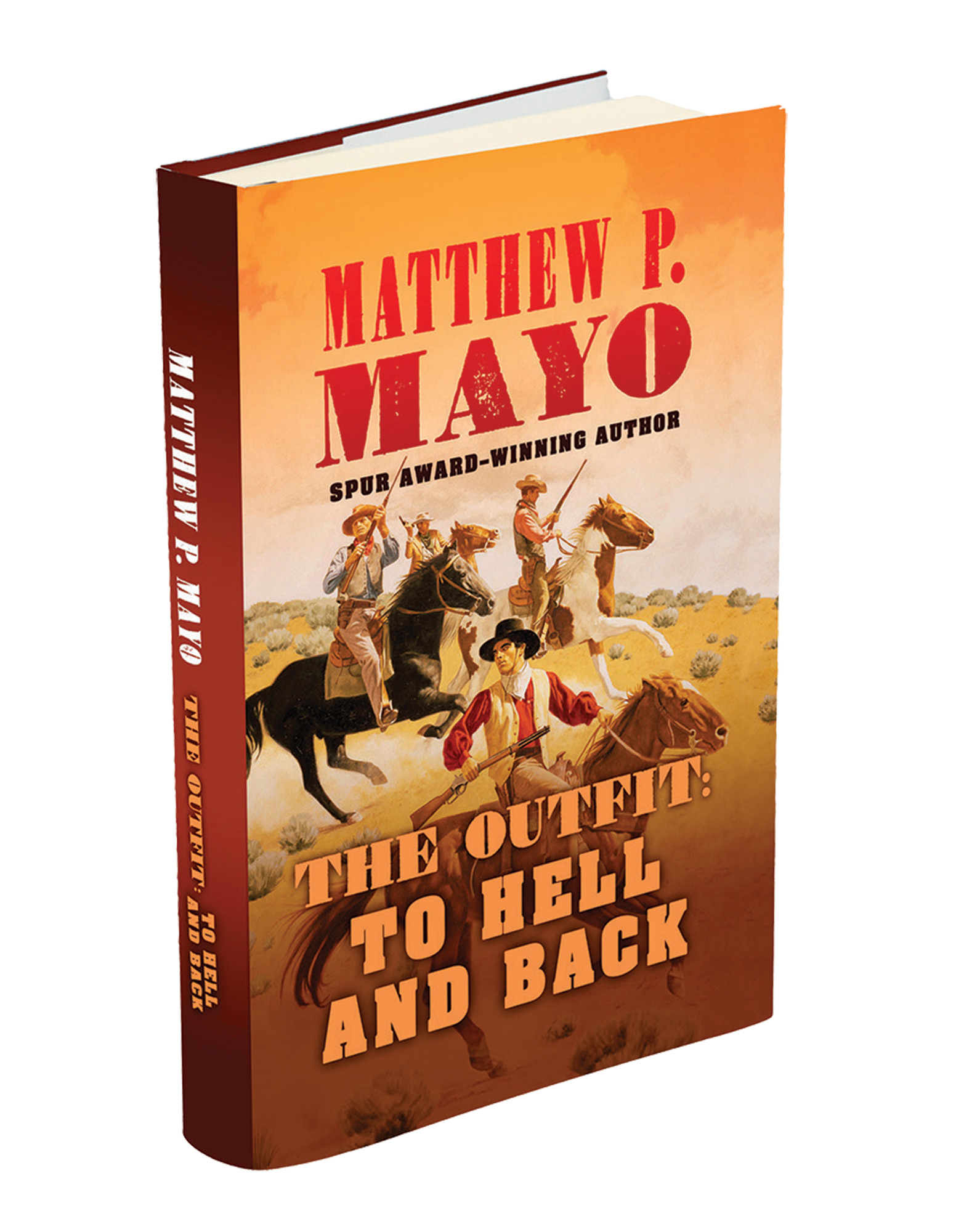
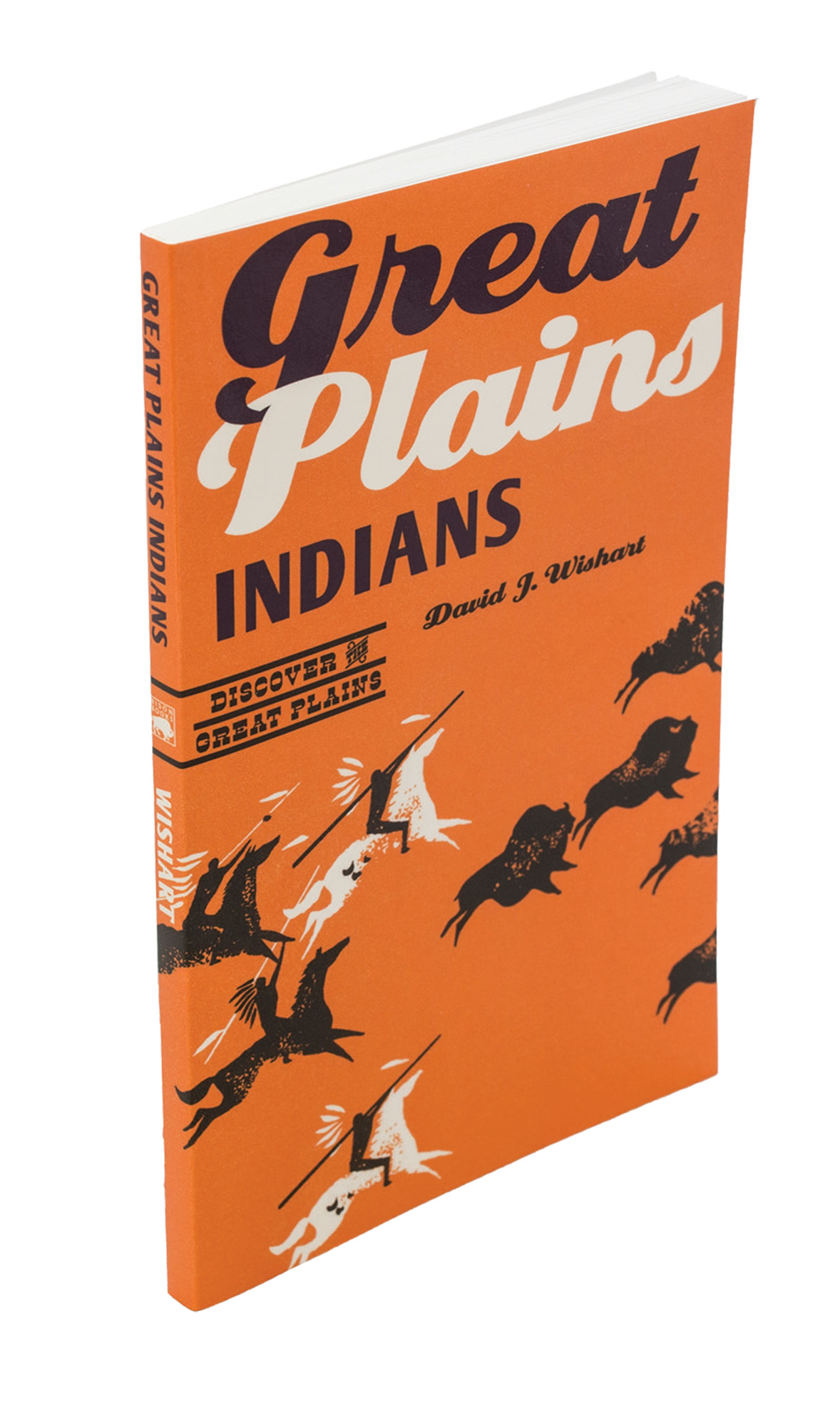

No Comments